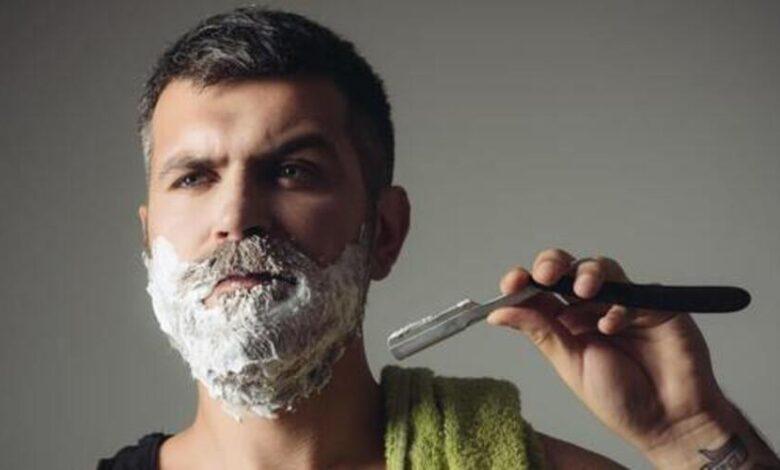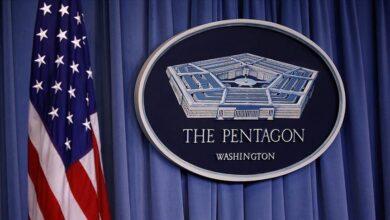In the US Army, according to new rules, servicemen can be discharged due to skin problems after shaving

Updated requirements for the appearance of servicemen came into force in the US Armed Forces, one of the key points of which was the new regulation on mandatory shaving. About this informs Military.com.
Previously, servicemen suffering from pseudofolliculitis — a chronic skin irritation caused by ingrown hairs, inflammation and rashes after shaving — could not shave indefinitely with a medical certificate. However, this practice is now limited: under new rules, which came into force under the leadership of Defense Secretary Pete Hegseth, soldiers will be allowed to grow beards for no longer than 12 months in total during two years of service. After that, they are faced with a tough choice — either undergo laser hair removal as a form of treatment, or be dismissed from the service.
This item of the regulation has already caused controversy within the army. One officer familiar with internal discussions at the Pentagon said the initiative had signs of racial bias. According to him, pseudofolliculitis more often affects dark-skinned men with curly and stiff hair, so it is this category of soldiers who are at risk of losing the right to serve due to physiological features.
Statistics provided by the portal show that the situation with recruitment to the US Army is changing. In recent years, the number of white recruits — both men and women — has decreased by almost half (by 43%). Instead, the percentage of black Americans in the ranks of the army is increasing – now they make up 25% of the total number of recruits.
It should be noted that the US Army already allows the wearing of beards for religious reasons – for example, for Muslims, Sikhs or Jews. However, in the case of pseudofolliculitis, which is a medical problem, the restrictions become tighter than before.
Thus, the Pentagon’s new policy not only touches on issues of hygiene and discipline, but also provokes broader discussions about equality, discrimination and physical inclusivity in the US armed forces.





